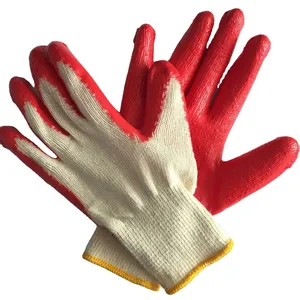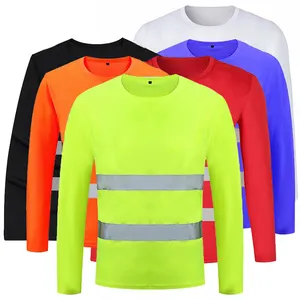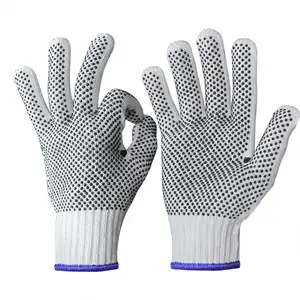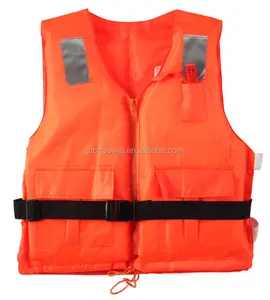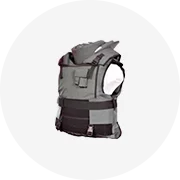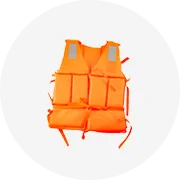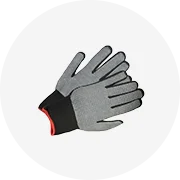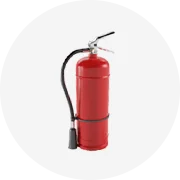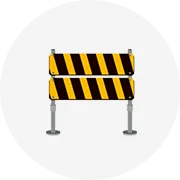Popular in your industry































































































































































































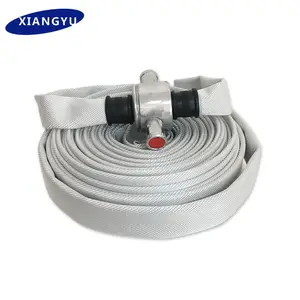

















Top categories
About 100mm fire hose price
Understanding the 100mm Fire Hose
The 100mm fire hose is a critical component in firefighting equipment, designed to deliver water or other extinguishing agents at high pressure to combat fires. This category encompasses a variety of hoses, each tailored to specific situations and requirements within the firefighting industry.
Types and Applications
Fire hoses, such as the 100mm diameter hose, come in different types, including woven jacket, rubber lined, and polyurethane coated. Each type serves a unique purpose, from battling industrial blazes to addressing residential fire outbreaks. The application of these hoses extends beyond firefighting to water transport in construction, agriculture, and marine environments.
Features and Materials
A 100mm fire hose is typically constructed from materials like PVC, rubber, or a combination of synthetic fibers, offering durability and flexibility. Features may include resistance to abrasion, heat, and chemicals, ensuring performance in diverse conditions. The construction of these hoses is designed to withstand high pressures while maintaining maneuverability and ease of use.
Advantages of Quality Fire Hoses
Investing in a reliable fire hose of 100mm diameter can lead to improved fire safety. These hoses are engineered to provide a balance between weight and strength, facilitating rapid deployment and retraction. The resilience of the materials ensures a long service life, even under frequent use or in harsh conditions.
Selection Considerations
When selecting a fire hose with a 100mm diameter, factors such as the working pressure, coupling type, and length are crucial. It is important to match the hose specifications with the intended use to ensure optimal performance and safety.
Maintenance and Care
Proper maintenance is essential for the longevity of a 100mm diameter fire hose. Regular inspections for wear and damage, coupled with correct storage and handling practices, can significantly extend the life of the hose and maintain its functionality.

